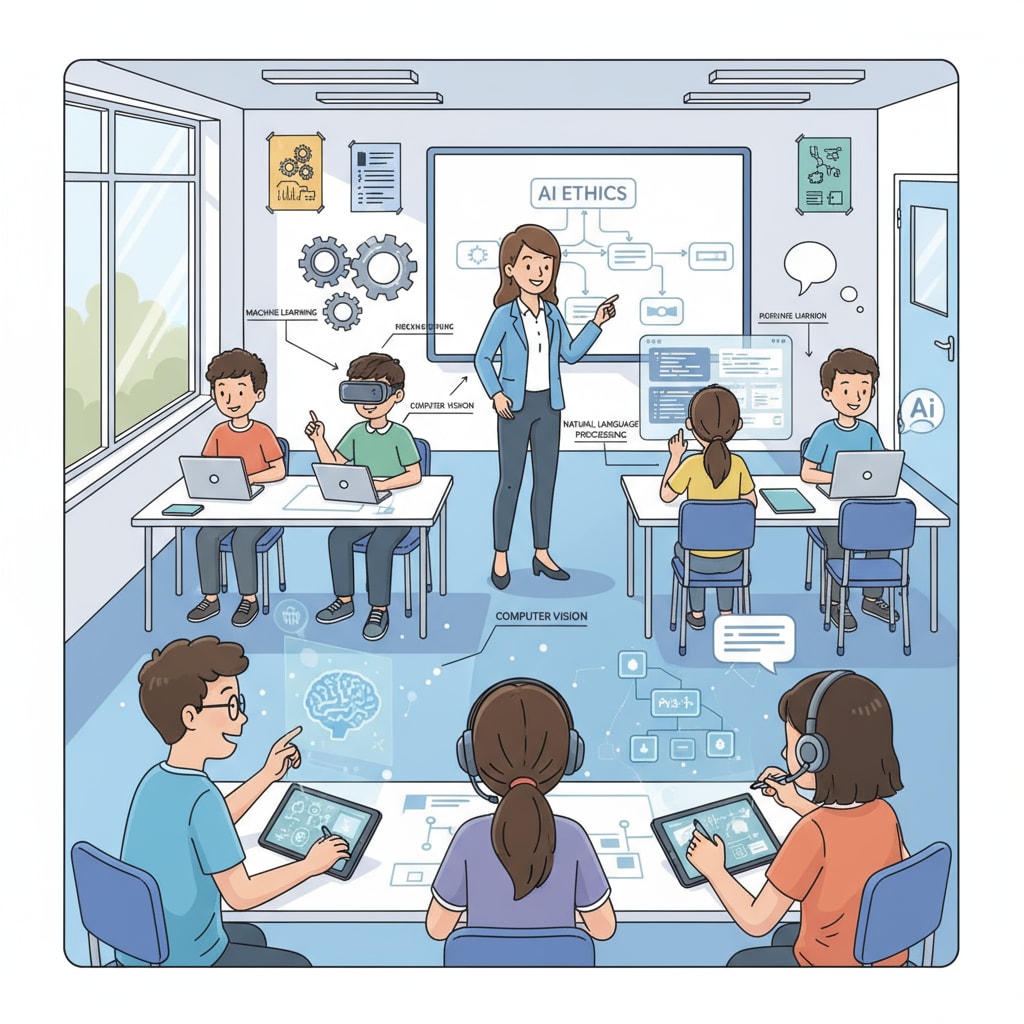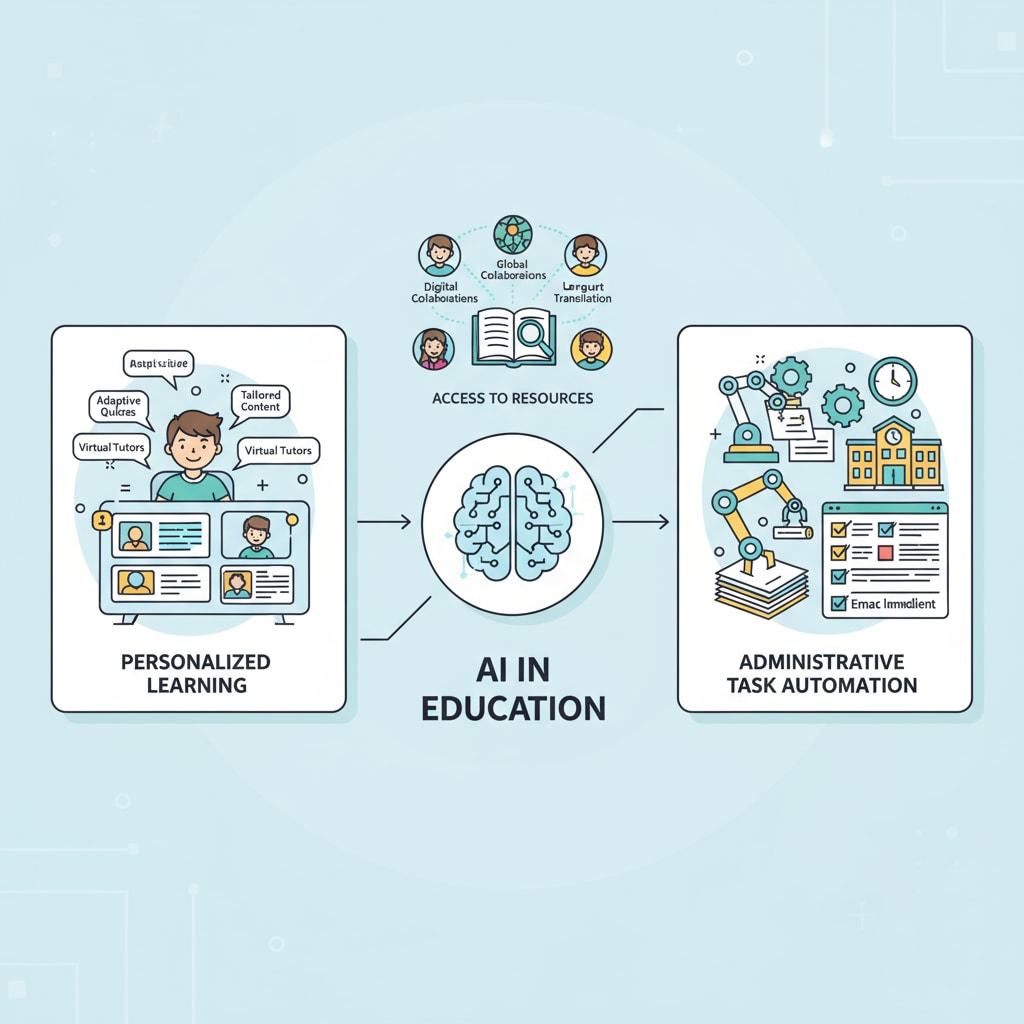Artificial intelligence, education, and learning tools have become hot topics in recent years. With the rapid advancement of artificial intelligence (AI) technology, its integration into the K12 education landscape has sparked a flurry of discussions. The question of how AI should be utilized and what its boundaries are in this educational context is both timely and crucial.

The Rise of AI in K12 Education
AI has made significant inroads into K12 education. From intelligent tutoring systems that can adapt to individual students’ learning paces to educational apps that offer personalized learning experiences, the potential of AI as an educational aid is vast. For example, some AI-powered platforms can analyze students’ performance data and provide targeted feedback, helping students focus on areas that need improvement. According to Wikipedia’s page on artificial intelligence in education, these tools are designed to enhance the learning process and make it more efficient.
The Supporters’ View
Supporters of AI in K12 education highlight several benefits. Firstly, it can provide individualized learning. Every student learns at a different rate, and AI can customize educational content accordingly. Secondly, it offers access to a wealth of educational resources. With AI, students can explore various topics in depth. Additionally, AI can automate administrative tasks for teachers, such as grading assignments, allowing them more time to focus on student engagement and mentorship. As a result, many believe that AI can revolutionize the way we teach and learn in K12 settings.

The Opponents’ Concerns
However, opponents raise valid concerns. One major worry is the potential for students to become overly reliant on AI. If students rely too much on these tools to complete tasks, they may not develop critical thinking, problem-solving, and creativity skills. Another concern is the accuracy of information provided by AI. Sometimes, AI-generated content may contain errors or biases. Moreover, there are privacy issues related to the collection and use of students’ data by AI systems. As stated on Britannica’s page on artificial intelligence, these concerns need to be addressed carefully.
Finding the right balance is essential. While AI can be a powerful learning tool, it should not replace the fundamental aspects of education. Educators need to ensure that students still engage in hands-on learning, discussions, and activities that foster real understanding. Teachers play a crucial role in guiding students on how to use AI appropriately, emphasizing when it is useful and when it may be a hindrance.
Readability guidance: This article uses short paragraphs to clearly present different viewpoints. Lists are used to summarize key points, and transitions like ‘however’ and ‘additionally’ are employed to make the flow smooth. Each H2 section has a distinct focus, and external links are provided for further exploration.


